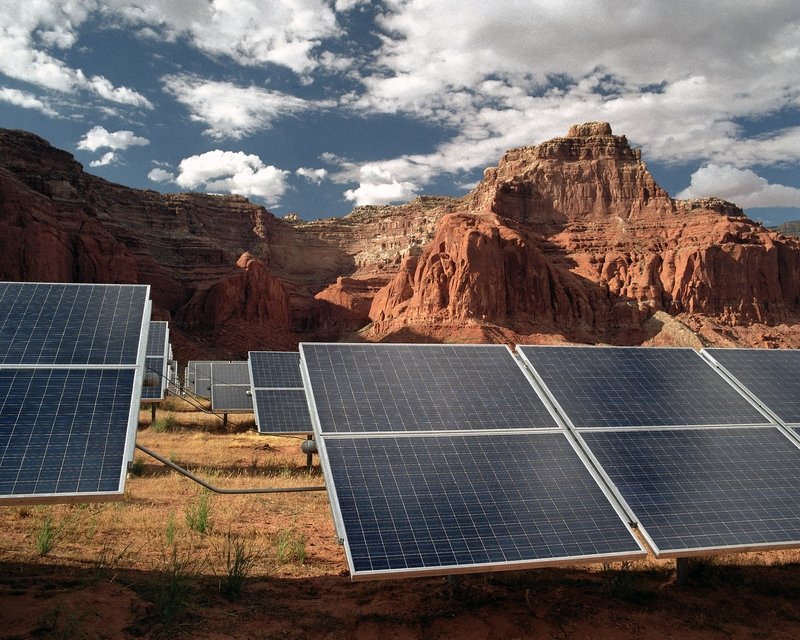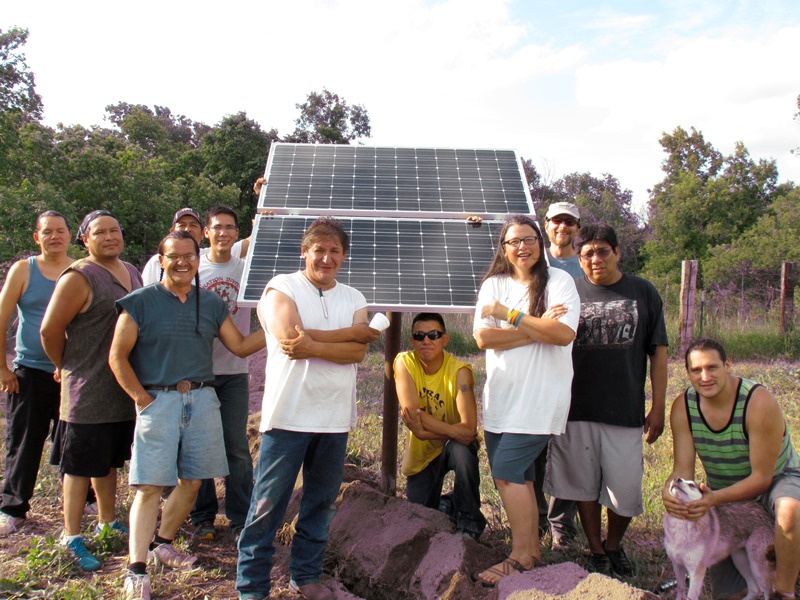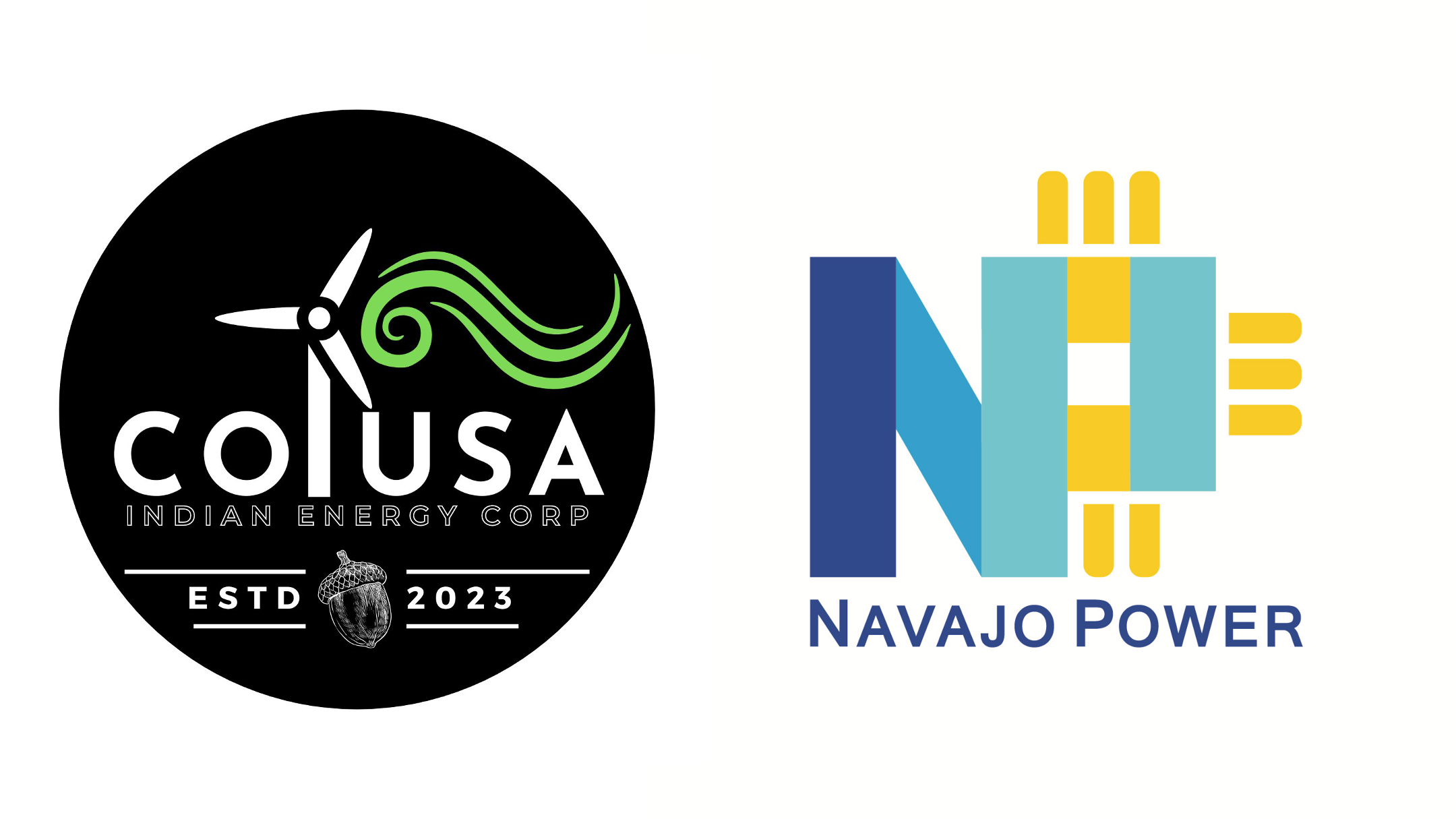
Sovereign Power: Native American Tribes Forge a Sustainable Future with Solar Energy
Across the vast, sun-drenched landscapes of Native American reservations, a quiet revolution is taking hold. Far from being passive recipients of energy policy, tribal nations are actively harnessing the power of the sun to build resilient, sustainable communities, asserting their inherent sovereignty and redefining their economic future. This isn’t merely an adoption of renewable technology; it’s a profound reassertion of cultural values, economic independence, and environmental stewardship on lands that have historically borne the brunt of extractive industries.
For generations, many tribal communities have faced disproportionate energy burdens. Remote locations often mean higher electricity costs, unreliable service, or even a complete lack of access to the grid. A striking fact reveals the disparity: "Approximately 14% of Native American households lack access to reliable electricity, compared to 1.4% nationally," according to the U.S. Department of Energy. This energy poverty, coupled with the legacy of resource extraction – where tribal lands often provided coal, oil, and gas for national consumption with little benefit or significant environmental degradation for the tribes themselves – makes the pivot to solar energy particularly poignant and powerful.
The Bedrock of Sovereignty and Self-Determination
At the heart of this movement is the principle of tribal sovereignty. Native American tribes are recognized as distinct political entities with the right to govern themselves. This means they have the authority to make their own energy decisions, determine their own economic development paths, and manage their resources in ways that align with their cultural values. Solar energy, in this context, becomes a tangible expression of self-determination.
"For us, energy independence isn’t just about saving money or reducing carbon," states a tribal council member from the San Carlos Apache Nation, which is developing significant solar projects. "It’s about having control over our own destiny. It’s about not being beholden to external utility companies, about providing jobs for our people, and about honoring our ancestors’ commitment to protecting this land for the next seven generations." This sentiment, echoing the "Seventh Generation" principle – a philosophy that current decisions should ensure the sustainability of the next seven generations – underscores the deep cultural resonance of sustainable energy.

Economic Empowerment and Job Creation
The economic benefits of tribal solar development are multi-faceted. Beyond reducing utility bills for homes and tribal facilities, solar projects create jobs in installation, maintenance, and project management. These are often well-paying jobs that keep capital within the tribal economy, fostering local expertise and reducing reliance on external contractors. Training programs, often funded through federal grants or partnerships with non-profits like GRID Alternatives, equip tribal members with the skills needed to build and sustain their own energy infrastructure.
Consider the example of the Navajo Nation, the largest reservation in the U.S., which historically relied heavily on coal mining and power generation. As the national energy landscape shifts, the Navajo are proactively transitioning to renewables. The Kayenta Solar Project, a 27.3-megawatt facility, and the larger Red Mesa Solar Energy Project, generating 200 megawatts, represent massive steps toward energy diversification. These projects not only provide clean power but also create hundreds of construction jobs and long-term operations and maintenance positions for Navajo people. This transition is critical for a nation that once provided a significant portion of the Southwest’s power but now seeks to harness its own abundant solar resources for its own benefit.
Enhancing Energy Security and Resilience
Many tribal communities are geographically isolated, making them vulnerable to grid outages caused by extreme weather events or infrastructure failures. Solar energy, especially when paired with battery storage and deployed in microgrids, offers unparalleled energy security and resilience. A microgrid can disconnect from the main grid and operate autonomously, ensuring that essential services like clinics, schools, and water pumps remain operational during emergencies.
On the Pine Ridge Indian Reservation in South Dakota, home to the Oglala Lakota Nation, energy poverty is particularly acute. Initiatives like the Red Cloud Renewable Energy Center (RCREC) are addressing this by training tribal members in solar installation and developing community-scale projects. "In areas where the grid is unreliable or non-existent, solar isn’t just an alternative; it’s a lifeline," explains Nick Tilsen, President and CEO of NDN Collective, an Indigenous-led organization supporting such initiatives. "When winter storms hit, and power lines go down, our communities need to know they can still heat their homes and access clean water. Solar and battery storage provide that peace of mind and self-sufficiency."
Overcoming Challenges: Funding, Policy, and Infrastructure
Despite the clear benefits and strong tribal leadership, significant challenges remain.
- Access to Capital: While federal programs like the USDA Rural Energy for America Program (REAP) and Department of Energy (DOE) grants exist, navigating the application process and securing matching funds can be daunting for under-resourced tribal governments. The Inflation Reduction Act (IRA) of 2022 introduced direct pay options for tribal governments and non-profits, which is a game-changer, eliminating the need to find tax equity investors – a significant hurdle for tax-exempt entities.
- Infrastructure Gaps: Many reservations lack the modern grid infrastructure necessary to efficiently integrate large-scale solar projects. Upgrading transmission lines and substations requires substantial investment and coordination with external utilities, which can be a slow and complex process.
- Technical Expertise: While training programs are growing, a persistent need exists for engineers, project managers, and policy experts who understand both renewable energy technology and the unique legal and cultural landscape of tribal nations.
- Regulatory Hurdles: Even on sovereign land, interconnection agreements with utility companies and navigating state and federal environmental regulations can add layers of complexity and cost to projects.

"The biggest hurdle often isn’t the technology itself, but the financial and bureaucratic systems surrounding it," notes an energy consultant working with several tribes in the Southwest. "Tribes are often starting from a disadvantaged position, with fewer resources and less access to traditional financing, yet they’re expected to jump through the same hoops as major corporations. The IRA’s direct pay provision is a monumental step forward, but we still need more tailored support."
A Model for the Nation and the World
The commitment of Native American tribes to solar energy and sustainable development extends beyond their own borders. They are emerging as powerful advocates for climate action and environmental justice, often leading by example. Their holistic approach, which integrates economic development with cultural preservation and ecological balance, offers a compelling model for other communities grappling with climate change and energy transition.
The Viejas Band of Kumeyaay Indians in Southern California, for instance, operates a substantial solar array that powers much of their casino and resort operations, demonstrating that large-scale commercial ventures can also be powered by renewables on tribal lands. The Chemehuevi Indian Tribe, also in California, is developing floating solar projects on their portion of Lake Havasu, an innovative approach that saves land and reduces water evaporation.
These diverse projects illustrate the ingenuity and adaptability of tribal nations. They are not just adopting technology; they are indigenizing it, adapting it to their unique needs, environments, and cultural philosophies. The sun, revered by many Indigenous cultures as a life-giver, is now also powering their homes, schools, and economies, closing a circle that connects ancient wisdom with modern innovation.
Looking Forward: Expanding the Vision
The future of tribal solar energy is bright. With increased federal support, growing technical capacity, and continued tribal leadership, the scale and scope of these projects are set to expand significantly. We can expect to see:
- More comprehensive microgrid development: Enhancing community resilience and energy independence.
- Larger utility-scale projects: Providing clean energy to tribal nations and potentially selling excess power to surrounding communities, generating revenue.
- Integration of other renewables: Such as wind and geothermal, where appropriate, to create diversified clean energy portfolios.
- Increased focus on energy efficiency: Complementing solar generation to reduce overall demand.
- Stronger inter-tribal collaboration: Sharing best practices, resources, and policy advocacy efforts.
In conclusion, the surge in Native American tribal solar energy initiatives is more than a technological trend; it is a profound testament to resilience, self-determination, and a forward-looking vision rooted in ancient wisdom. By embracing sustainable development on their sovereign lands, tribal nations are not only addressing their own energy needs and economic disparities but are also providing a powerful blueprint for a cleaner, more equitable, and sustainable future for all. As the sun rises each day over these ancestral lands, it illuminates a path not just to power, but to true sovereignty and enduring well-being.


